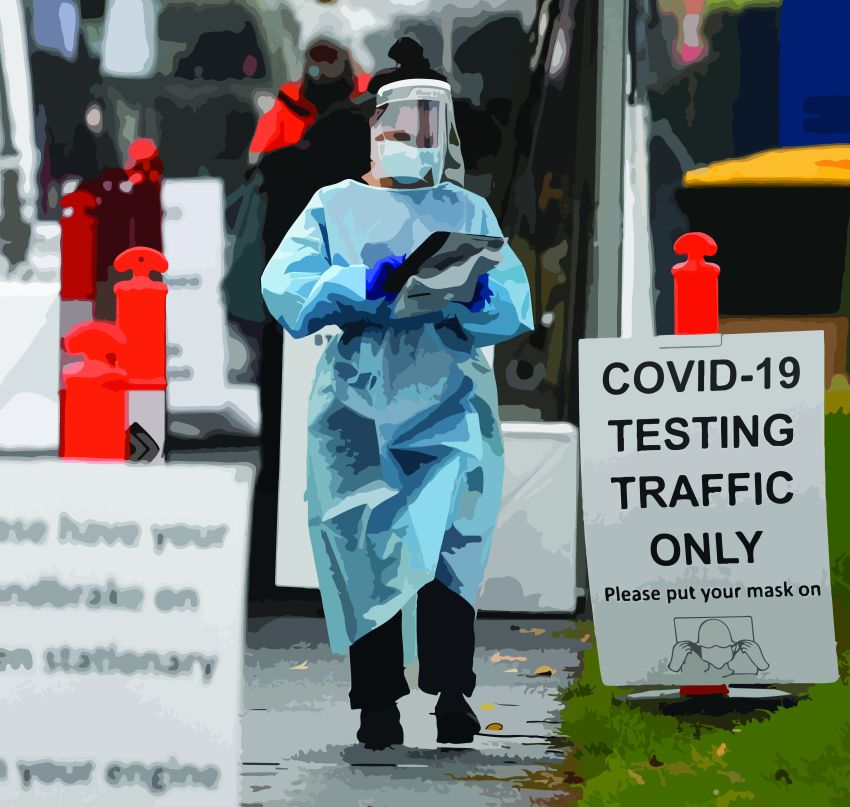
As Victoria heads into its fourth lockdown, healthcare workers are concerned that public health services are at breaking point.
In the winter months, demand is always higher. Already in April, waiting times for ambulances had risen due to delays and ramping at Emergency Departments (ED). Ramping refers to paramedics needing to treat patients in the emergency bay, in some instances up to five hours, because there are no available ED beds.
Every minute an ambulance is parked outside an ED becomes another minute it is not responding to emergency calls.
During last year’s lockdown people were avoiding cancer treatment, pathology tests or even going to ED while having heart attacks, due to a fear of overburdening under resourced hospitals. This year, however, emergency services and EDs are overburdened because people have not been following their health, medication and mental health plans.
Alongside the greater demand for acute health services, staff shortages and a lack of beds have meant that patients are not able to be transferred from paramedics to a hospital bed. The end result was the death of a Caulfield North woman after she was forced to wait six and a half hours for an ambulance.
The state government’s recent budget allocated $1.5 billion to the paramedic response and $3.6 billion to meet the record hospital demand. This includes new hospitals, a rise in student placements, greater funding for public pathology services as well as a bigger focus on mental health resources.
But the budget contained little additional funding for allied health services which include radiographers, sonographers, occupational therapists, physiotherapists, social workers and many other professions — all frontline services.
Allied health is mentioned six times in the budget: four refer to funds for new allied health graduates and student placement hours and two relate to funding for community health services.
Meanwhile, allied health professionals in public hospitals have reported to their union that they are being blamed for ED overload and bed blockages. They are being urged to check patients through faster to free up beds.
Victorian Allied Health Professionals Association (VAHPA) Assistant Secretary Andrew Hewat told Green Left that allied health professionals are “the forgotten health workforce”.
“They play a critical role in diagnosis, treatment and management of every patient who enters a hospital”, he said, adding, “Throwing money at the health sector without addressing the dangerous understaffing and workload issues will not fix the hospital access problems.”
Allied health professionals are starting to bargain for a new enterprise agreement with the government which has just announced a new public services wages policy of capping wage increases at 1.5%.
Hewat said the workers in the public health sector and the stand-alone community health centres need pay rises.
“If the state government thinks that its outrageous 1.5% wage policy will serve as adequate reward for their ‘healthcare heroes’, who weathered the brunt of the COVID-19 pandemic with inadequate protection and then took the blame for infecting each other, they are in for a rude shock.”